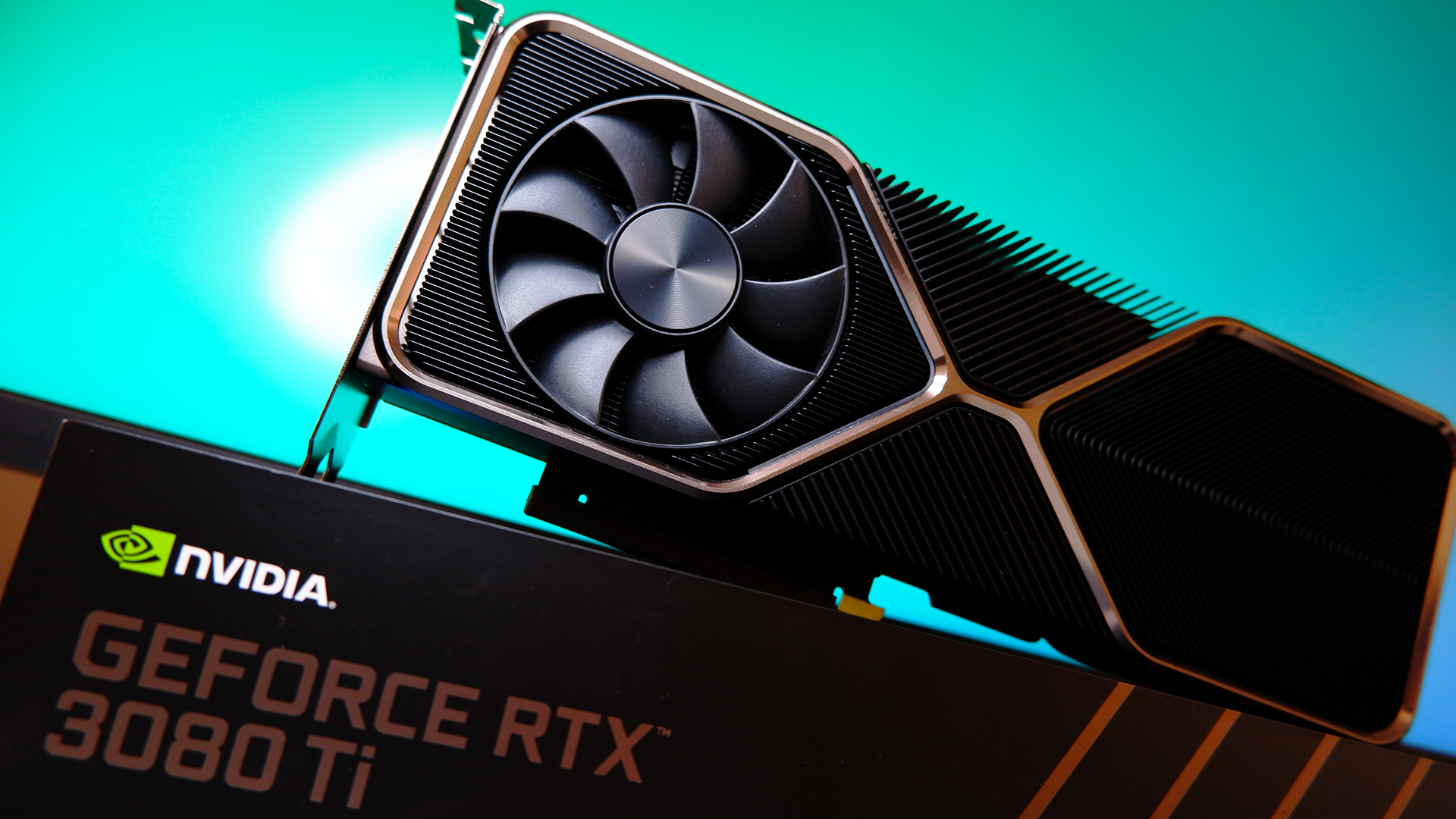
There are many reasons why GPU mining isn't profitable right now, and LHR is not one of them.
Nvidia no longer blocks ethereum (ETH) mining on its graphics card, roughly one month after the second-most valuable cryptocurrency moved away from GPU mining altogether.
Nvidia’s Lite Hash Rate (LHR) cryptocurrency limiter was released alongside the RTX 3060 as a way of dissuading cryptocurrency miners from buying up all the available stock of the graphics card at launch. It would also roll out to other GeForce GPUs manufactured after that time. LHR was released as a supposedly untouchable implementation across hardware and software, which would detect an ethereum mining workload and slow the graphics card down to lower its profitability. However, following a shaky start, LHR would eventually become mostly, if not entirely, circumventable.
Some miners even called LHR “pointless.”
Following ethereum’s shift from a proof-of-work algorithm, one which required GPU mining to validate the blockchain; to a proof-of-stake algorithm, which uses consensus of validators instead, LHR has become even more pointless. The Merge, as the move is known as, took place on September 15, 2022, and reportedly no other cryptocurrencies are proving profitable enough for GPU miners to jump ship.
Ethereum mining is dead and Nvidia’s LHR no longer has any purpose.
That might be why, according to recent reports from Reddit, via Twitter leaker I_Leak_VM and Videocardz, Nvidia has removed the LHR limiter from its cards completely. Many people are replying to social threads confirming an increase in hash rate on LHR GPUs with the new drivers, up to their non-LHR hash rate, and we’ve also tested the new drivers out on our test bench.
We used nanominer, with an RTX 3080 Ti, mining ethereum classic (ETC). That cryptocurrency is a continuation of an older version of ethereum from 2016. It uses a near-identical proof-of-work algorithm to ethereum’s ETHash and has been similarly affected by the LHR limiter. In our test, the RTX 3080 Ti’s hash rate increased from 75MH/s to over 103MH/s between the old 516.41 driver and new 522.25 driver.
For the record, not even the higher hash rate is anywhere close to profitable right now, especially not with the increased costs of energy today.
Here’s a screenshot of the mining software on Nvidia’s older drivers. (Image credit: Future)
I’m seeing some comments suggesting that Nvidia removed the LHR limiter to sell off old stock of RTX 30-series cards to miners, but that makes little to no sense. It has been increasingly difficult to make a profit from cryptocurrency mining for a large part of the year, even prior to the Merge, due to a wider cryptocurrency value write-off. Graphics cards were already less in demand as a result—there are simply fewer miners left to appeal to.
(Image credit: Future)
Best CPU for gaming: The top chips from Intel and AMD
Best gaming motherboard: The right boards
Best graphics card: Your perfect pixel-pusher awaits
Best SSD for gaming: Get into the game ahead of the rest
Similarly, LHR was intended to prevent ethereum mining, which no longer exists, and while it did impact the hash rate for mining on some similar coins, such as ethereum classic, other alternatives were mineable at full pace. Miners were also circumventing LHR by mining ethereum and another crypto at the same time, to extract a card’s full mining performance. And let’s not forget the miners that simply got around LHR altogether, like NiceHash.
The removal of LHR will mean that ethereum classic will now be easy to mine. However, its hash rate has never amounted to anything close to ethereum’s, nor its value.
One ETH is worth $1,328.40 at time of writing. One ETC is worth $24.34. And you’d need some 600MH/s at the same 300W level to get close to breaking even with today’s energy prices.
Nvidia’s LHR is practically pointless today, and has been for a while now, so it’s not at all surprising to see the company ditch this surplus code altogether.
And anyways, the removal of LHR from the latest Nvidia driver package is a sideshow to the real improvement that driver package offers for gamers: big performance increases for some DX12 games.



